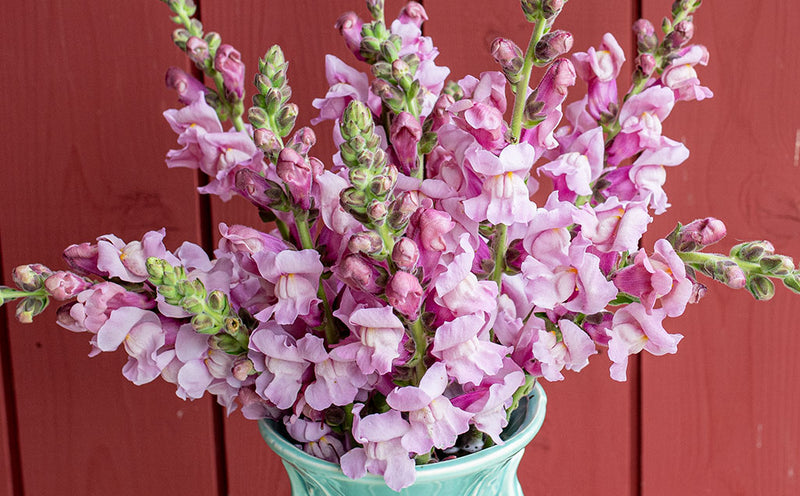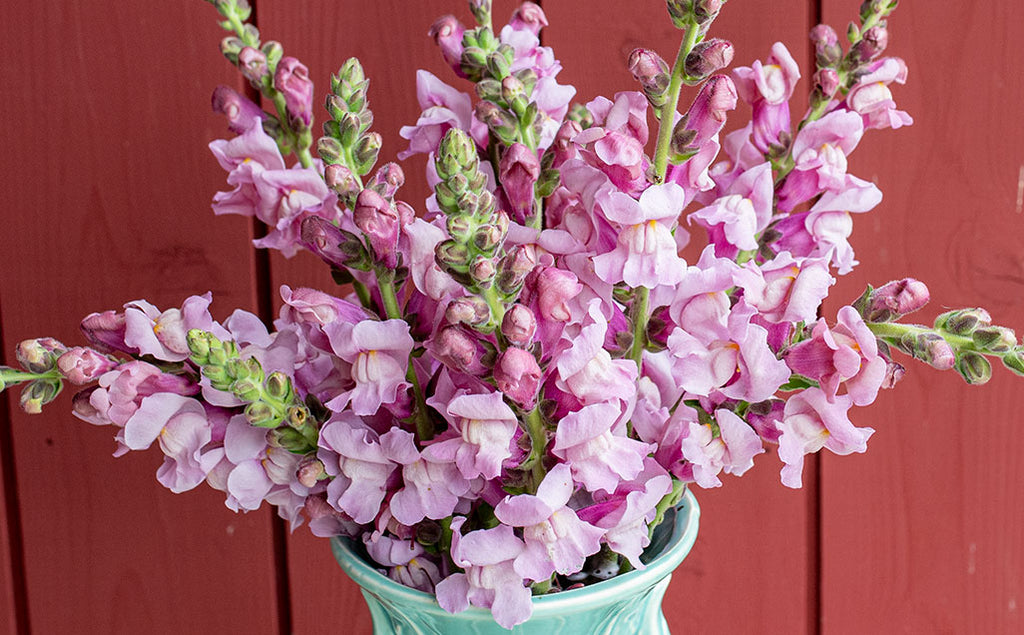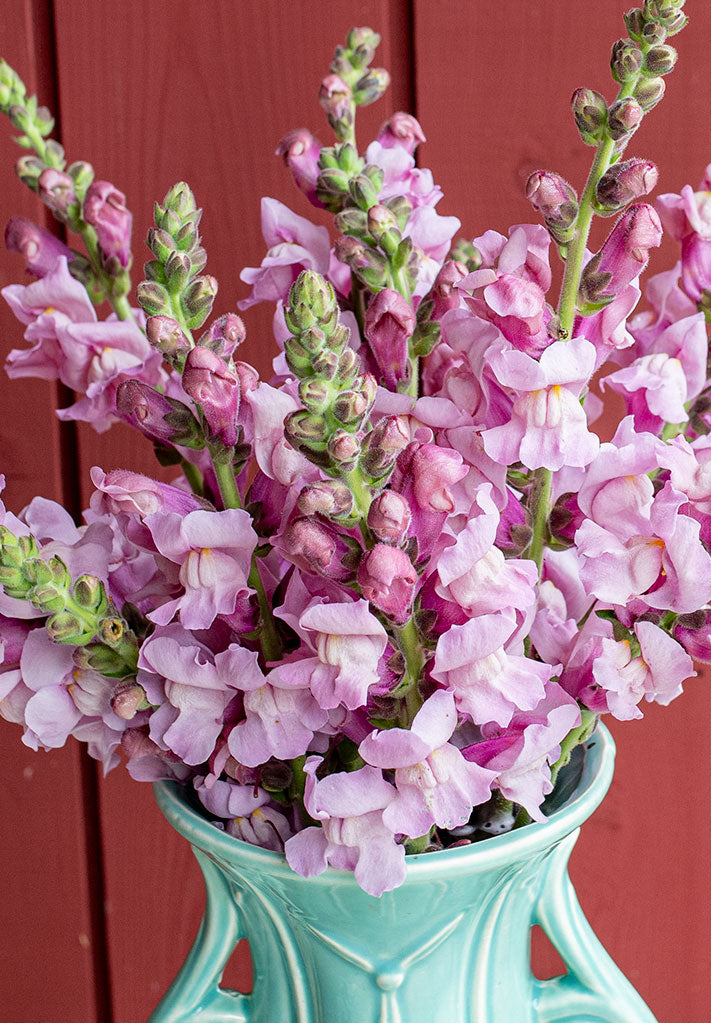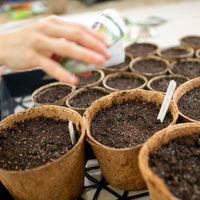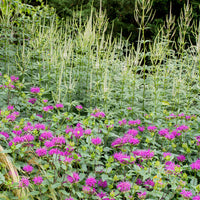SOWING INSTRUCTIONS
Depth:
Surface sow or barely cover; requires light for germination.
Sprout Time:
21-40 days after chill
Starting Indoors:
Stratify for 3-6 weeks in late winter. Sow in a container, cover with a plastic bag and refrigerate, or mix seed with damp clean sand or vermiculite, bag, and refrigerate at 35-40°F. Check often for germination and maintain a lightly moist medium. Transplant any seedlings as they germinate. Six to 8 weeks before last frost, remove pre-chilled seeds from refrigerator and sow in pots. Cover with humidity dome to retain moisture while seeds germinate. Keep at 60-70°F. Water from bottom once germination has occurred, and allow to drain thoroughly.
Starting Outdoors:
Direct sow in fall or earliest spring, or winter sow into pots in the shade, covered with a thin layer of clean sand and a wire screen to keep out mice and voles. Check for moisture at regular intervals. Germination rates outdoors may vary depending on weather conditions—be patient.
WHEN TO SET OUTSIDE
This summer bloomer can be set in the ground in spring when a light frost is still possible and the soil is cool. It can also be planted in early autumn.
PLACEMENT & CULTIVATION
Milkweed will attract butterflies, especially monarchs that rely on this plant as a larval food source, and it is also deer resistant. In the wild, it grows in fields and open wooded areas. Found in moist,well drained soils to drier, even sandy soils in full sun to light shade. It is best placed in informal butterfly gardens and meadow settings, where it can be allowed to spread at will without engulfing your more refined perennials. In suitable sites it can form dense colonies. A top beneficial insect attracting species, nurturing many species of helpful bugs. Self-sows. Caution: handle carefully, as all parts are poisonous, but toxicity is concentrated in the sap.
Watering Details:
These plants prefer fairly moist yet well-drained soil, but can tolerate drought.
Soil pH:
Most pH levels are tolerated.
Fertilizer:
Milkweed is not a heavy feeder, apply an inch of compost when planting.
Diseases & Pests:
No major pests or diseases.
When to Cut for Bouquets:
Cut when florets are mostly open for fresh arrangements. Plants have a milky sap. For dry use cut when seed pods have started to dry.
